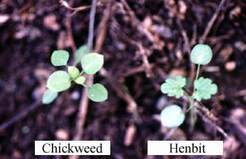
Choose a day that is 50 degrees or higher. The better the weed is growing, the more weed killer will be moved from the leaves to the roots. Cold temperatures will slow or stop this process.
Weed Free Zone (also sold under the name of Speed Zone) contains the three active ingredients mentioned above, plus carfentrazone. It will give a quicker response than the other products mentioned especially as temperatures approach 50 degrees. (Ward Upham)
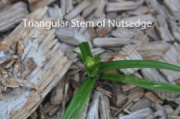
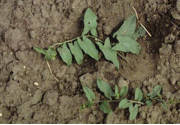
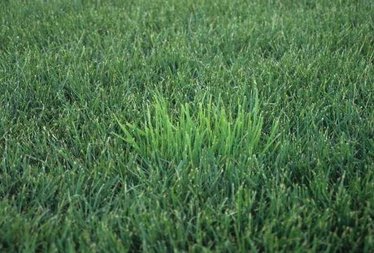
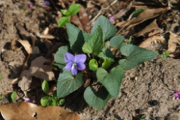
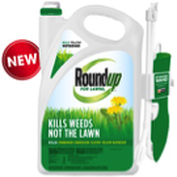
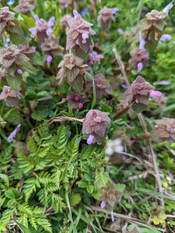
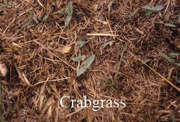
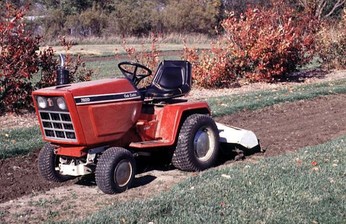
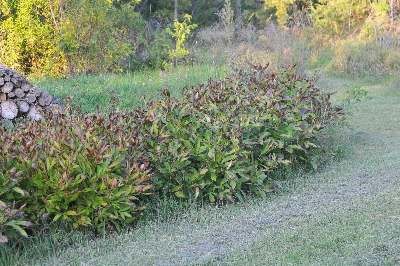
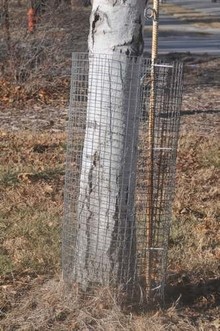

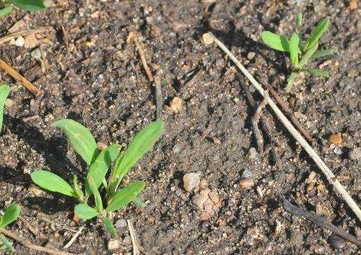
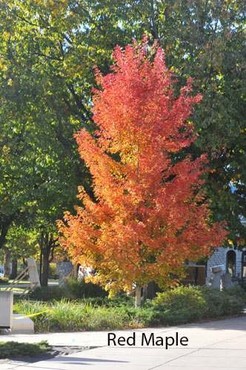
 RSS Feed
RSS Feed
